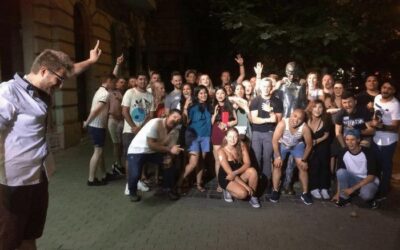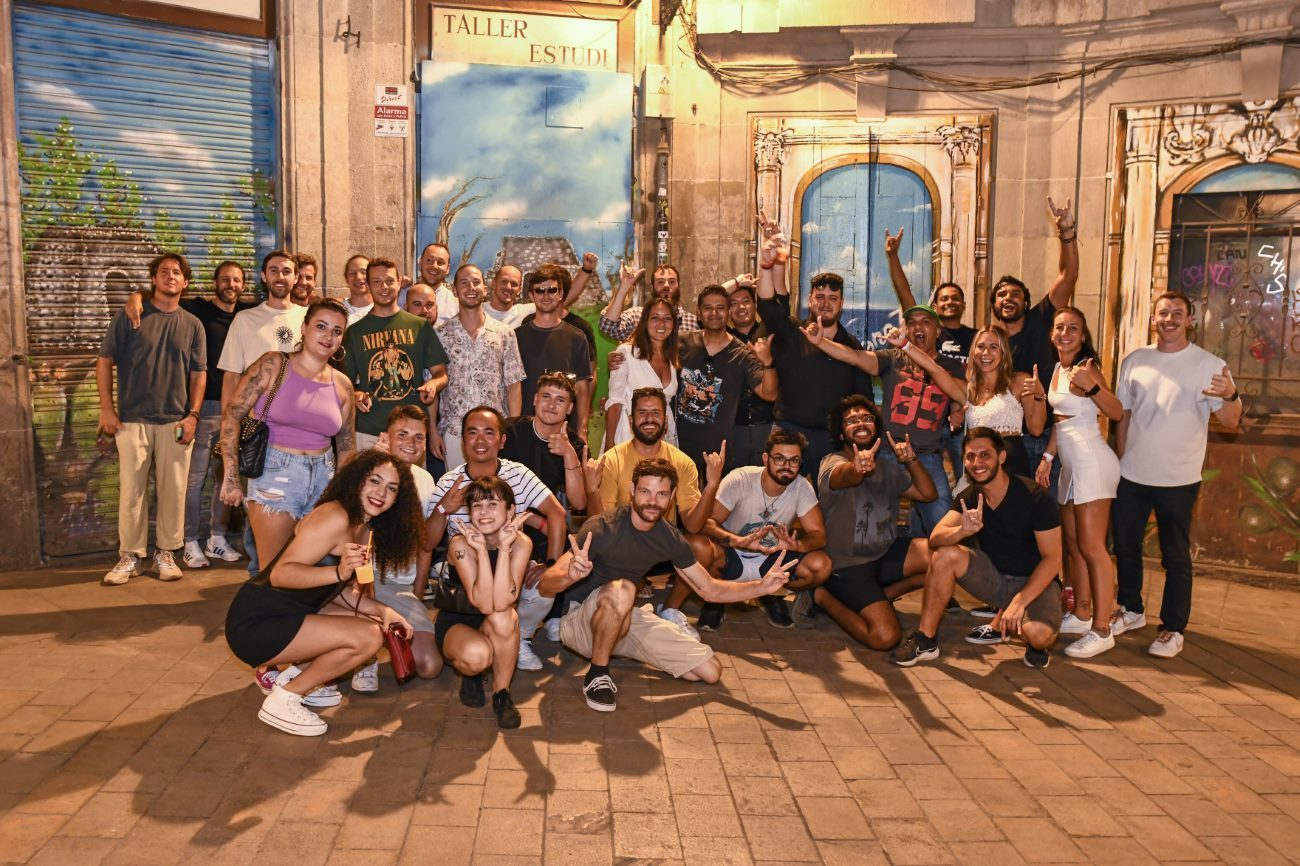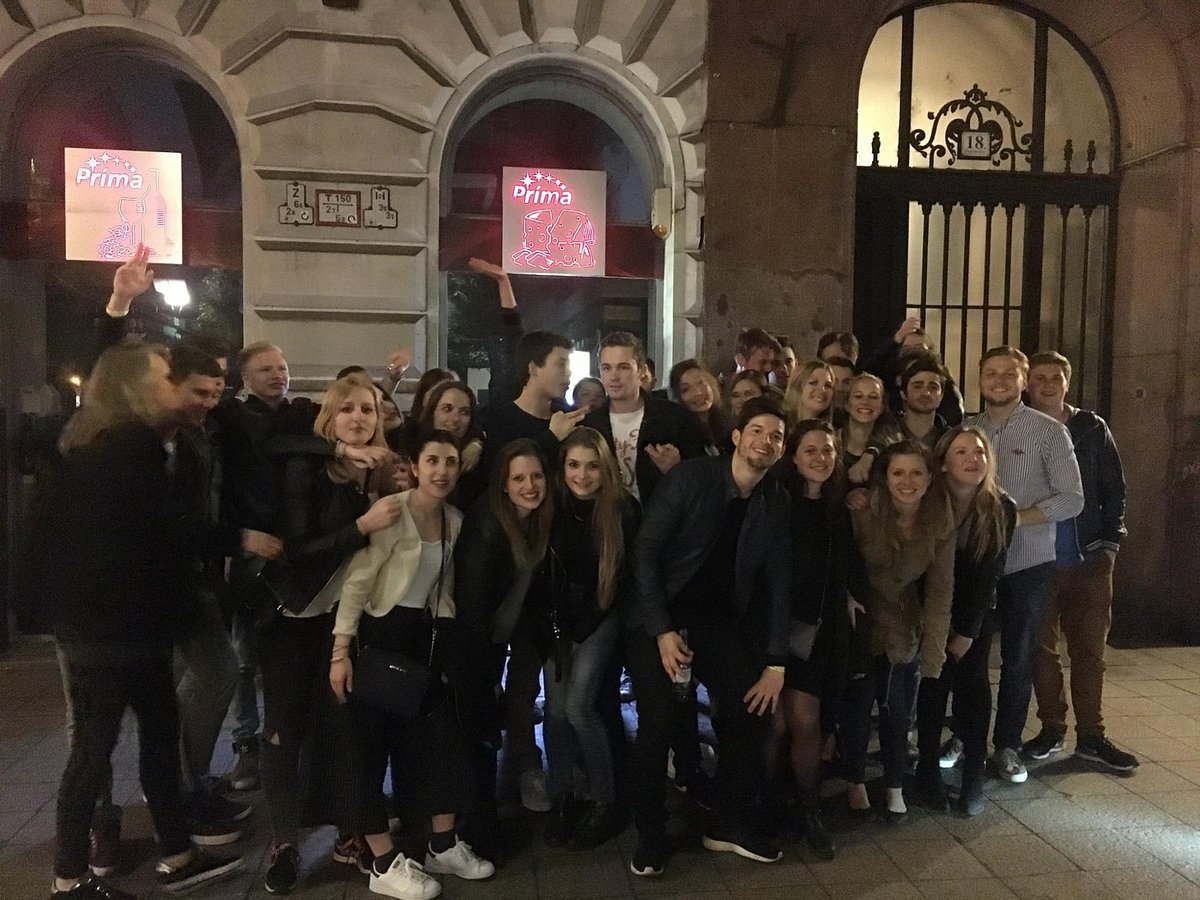The capital city of Netherlands, the city frequented by tourists for its wonderful scenery, antique buildings and cultural attractions is famous for its Red Light District. Whereas numerous people travel to the city to experience this peculiar area, you might started thinking whether this spot is intact and remains the same. Still, in this blog post, we will continue the discussion about the modern state of the area and explain what can be seen there now.
What exactly is the Red Light District?
The Red Light District, known as “De Wallen,” is a neighborhood in Amsterdam for which prostitution is legally permitted. These features include the following; the strategic houses usually cover a small area of land, the windows of all buildings are painted red, and the place is inhabited by female sex workers. Earlier, the Red Light District was seen as an entertainment area for tourists, and as part of the permissive Holland attitude towards numerous aspects of life.
The Legal Framework
Technically speaking, in the Netherlands the offer of sexual services in exchange for monetary rewards is legal if and only if a set of conditions is fulfilled. Sex workers work for themselves, and like any other self-employed people, they are equal to tax-payers and enjoy privileges of self-employed citizens. The intended provisions are to safeguard rights and life to the female sex workers as well as stopping human trafficking and exploitation.
The laws and restrictions keeping control over the Red Light District
This place has special rules due to order and security regulation systems in place in the Red Light District. Here are some key aspects:
No one below the age of 21 can engage in sex work and be economically productive in the industry.
Every window or room where a sex worker is present operates at certain times of the day.
Security guards and surveillance cameras are important to ensure security within the area.
The Current State
Amsterdam’s Red Light District is still in existence, but over the years the city has tried to redesign and reclaim the territory for a number of reasons. Such changes are wrought on the basis of need for balance between the cultural historical importance of the district and the emerging requirements and demands from the inhabitants and tourists.
Planning and Regeneration of Cities
The city planners of Amsterdam have put mechanisms in place to diversify the types of operations in and around the area. As such the goal is, rid of singular adult oriented businesses and instead bring in other establishments such as art galleries, comedy clubs and the likes.
Reducing Overtourism
Since its formation, tourism in Amsterdam has expanded notably and it is so especially in the Red Light District that has become rather congested. Measures taken by the city for sustainability include the following; The authorities have put measures like controlling the number of persons in the guided tours and banning souvenir shops.
Your Experience as a Visitor
If you plan to visit Amsterdam’s Red Light District, there are a few things to keep in mind:
Be respectful: It is important not to forget that sex workers are people too and act as such – one should respect professionals. Do not take pictures or record videos with any other people without their consent.
Personal safety: Like with most cities, it would be wise to always be alert and conscious of your environmental conditions.
Explore beyond the district: Even though providing services to the visitors of the Red Light District, Amsterdam is much more to offer to its guests. Go out to visit its rich variety of museums, parks and historical sites.
Conclusion
Venereal area of Amsterdam remains inhabited, however, many improvements have been made over the years to solve different issues related to this area and different changes have also been made due to the changes of the area needs in the city. It remains a city where sex work IS legal and the kind that tourists can engage and where the profession can be conducted without compromising. This paper has provided an analysis in the legal and cultural framework to ensure that every visitor interested in this fascinating area can make an informed visit and at the same time enjoy their visit.
As you may find visiting the Red Light District interesting as well as part of your Amsterdam tour, it is important that you do this respecting the simplest fact of an open-minded culture.





